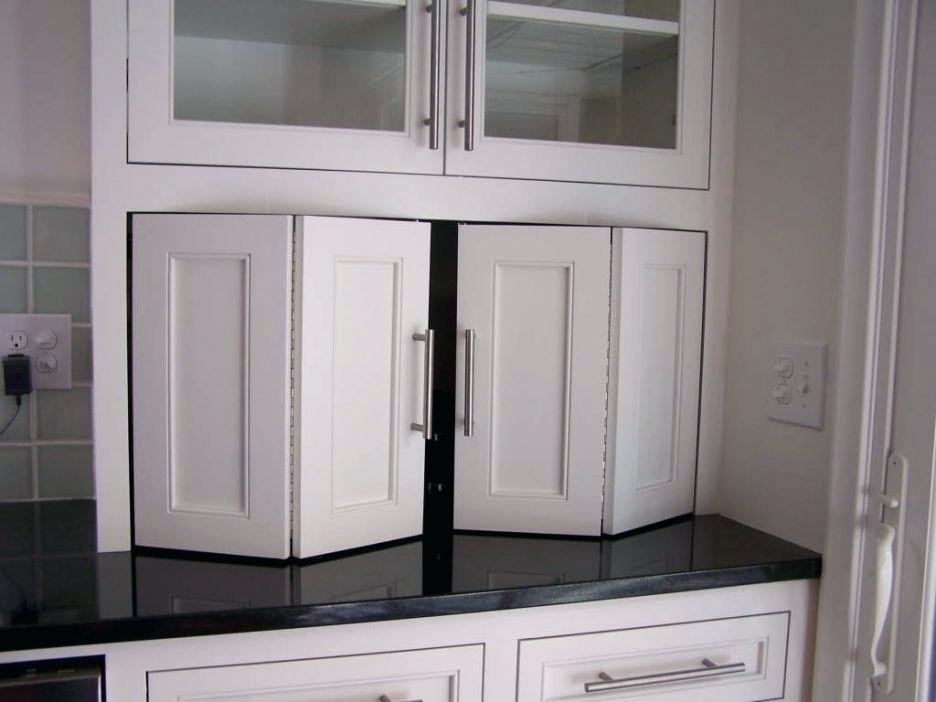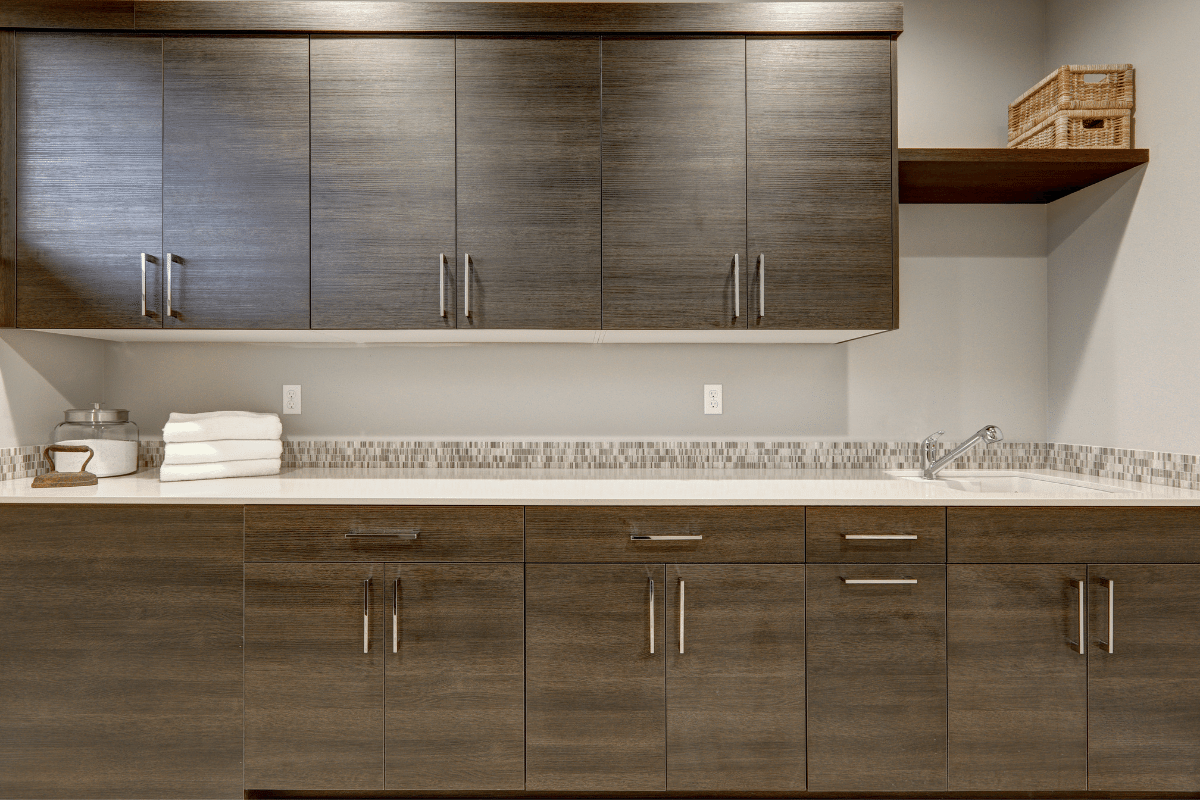Types of Kitchen Cabinet Parts

Kitchen cabinets are an essential part of any kitchen, providing storage space for various items. Understanding the different types of cabinet parts is crucial for choosing the right cabinets for your kitchen and ensuring their proper installation.
Cabinet Doors
Cabinet doors are the visible part of the cabinet that open and close to access the storage space. They come in various styles, sizes, and materials.
- Styles: Cabinet doors can be flat, raised panel, recessed panel, shaker, or beaded.
- Sizes: Door sizes vary depending on the cabinet size and style. Standard sizes are typically 18 inches wide, 21 inches wide, and 24 inches wide.
- Materials: Common materials for cabinet doors include wood, metal, and glass. Wood doors are the most popular choice, offering a variety of finishes and styles. Metal doors are often used for contemporary kitchens and can be made from stainless steel, aluminum, or iron. Glass doors are commonly used for display cabinets and can be clear, frosted, or textured.
Cabinet Drawers
Drawers are essential for storing smaller items, such as utensils, cookware, and linens.
- Types: Drawers can be full-extension, soft-close, or undermount. Full-extension drawers extend fully, allowing easy access to the entire drawer. Soft-close drawers have mechanisms that prevent them from slamming shut. Undermount drawers are mounted below the cabinet frame and have a concealed track system.
- Materials: Drawer boxes are typically made from wood, metal, or plastic. Wood drawer boxes are the most common, offering durability and a variety of finishes. Metal drawer boxes are often used for modern kitchens and are known for their strength and durability. Plastic drawer boxes are lightweight and budget-friendly, but they may not be as durable as wood or metal.
Cabinet Shelves, Kitchen cabinet parts names
Shelves provide storage space for dishes, cookware, and other items.
- Types: Shelves can be adjustable, fixed, or pull-out. Adjustable shelves allow you to customize the height of the shelves to accommodate different items. Fixed shelves are permanently attached to the cabinet frame. Pull-out shelves are mounted on rails and slide out for easy access to items stored in the back.
- Materials: Shelves are commonly made from wood, metal, or glass. Wood shelves are the most popular choice, offering a variety of finishes and styles. Metal shelves are often used for contemporary kitchens and are known for their strength and durability. Glass shelves are commonly used for display cabinets and can be clear, frosted, or textured.
Cabinet Sides
Cabinet sides are the vertical panels that form the sides of the cabinet. They provide structural support and hide the cabinet’s interior.
- Materials: Cabinet sides are typically made from wood, plywood, or particleboard. Wood sides are the most durable and offer a variety of finishes. Plywood sides are a good option for budget-friendly cabinets. Particleboard sides are the least expensive but may not be as durable as wood or plywood.
Cabinet Frames
Cabinet frames provide the structural support for the cabinet and hold the doors, drawers, and shelves.
- Types: Cabinet frames can be face frame or frameless. Face frame cabinets have a visible frame around the doors and drawers. Frameless cabinets have a concealed frame and a more modern look.
- Materials: Cabinet frames are typically made from wood or plywood. Wood frames are the most durable and offer a variety of finishes. Plywood frames are a good option for budget-friendly cabinets.
Cabinet Hardware and Accessories: Kitchen Cabinet Parts Names

Kitchen cabinet hardware and accessories are the finishing touches that add functionality and style to your kitchen. These seemingly small details can make a big difference in how your cabinets look and feel.
Hinges
Hinges are the unsung heroes of kitchen cabinets, connecting doors to the cabinet frame and allowing them to open and close smoothly. Different types of hinges offer distinct features and aesthetics.
- Full Overlay Hinges: These hinges are the most common type, allowing the cabinet door to completely cover the cabinet frame. This creates a clean, modern look. Full overlay hinges typically use a 1/2″ overlay, where the door extends 1/2″ past the cabinet frame.
- Semi-Overlay Hinges: Semi-overlay hinges offer a more traditional look, with the door partially covering the cabinet frame. They typically use a 1/4″ overlay, where the door extends 1/4″ past the cabinet frame. This allows for a slightly more visible frame.
- Inset Hinges: Inset hinges are used for cabinets with doors that sit flush with the cabinet frame, creating a sleek and minimalist aesthetic. This style is often seen in high-end kitchens.
Knobs and Pulls
Knobs and pulls are the hardware that allows you to open and close your cabinets. They are available in a wide variety of styles, materials, and finishes, offering endless possibilities for customization.
- Knobs: Knobs are typically round or square and are mounted directly to the cabinet door. They are often preferred for smaller cabinets, drawers, and doors with limited space.
- Pulls: Pulls come in a variety of shapes and sizes, from sleek and modern to traditional and ornate. They are mounted to the cabinet door and provide a larger surface area for gripping, making them suitable for larger cabinets and drawers.
Slides
Drawer slides allow drawers to move smoothly and effortlessly. They come in various styles, each with its own advantages.
- Side-Mount Slides: These slides are the most common type, with the slide mechanism attached to the sides of the drawer box. They are relatively inexpensive and easy to install.
- Undermount Slides: Undermount slides are mounted underneath the drawer box, creating a more streamlined look. They offer smooth operation and are often found in higher-end cabinets.
- Soft-Close Slides: Soft-close slides incorporate a mechanism that slows down the drawer as it closes, preventing it from slamming shut. This feature reduces noise and wear and tear on the drawers and cabinets.
Dividers
Dividers are essential for organizing and maximizing space within your cabinets. They are available in various materials, such as wire, plastic, and wood, and can be customized to fit your specific needs.
- Wire Dividers: Wire dividers are lightweight and versatile, making them ideal for organizing items of various sizes. They are often used in pantry cabinets and drawers.
- Plastic Dividers: Plastic dividers are durable and easy to clean, making them a popular choice for kitchen cabinets. They are available in various colors and styles to complement your décor.
- Wood Dividers: Wood dividers add a touch of elegance and sophistication to your cabinets. They are typically used in drawers and can be customized to create a unique look.
Kitchen Cabinet Construction and Assembly

Kitchen cabinet construction involves a series of meticulous steps, starting from material preparation to the final assembly. It’s a process that combines precision, craftsmanship, and an understanding of woodworking techniques.
Cabinet Door Assembly
Cabinet doors are the face of your kitchen cabinets, and their construction involves several steps to ensure durability and aesthetics.
- Cutting the Door Panels: The first step involves cutting the door panels to the desired size using a table saw or a circular saw. The panels are typically made of plywood or MDF, chosen for their stability and resistance to warping.
- Preparing the Stiles and Rails: The stiles (vertical pieces) and rails (horizontal pieces) are cut to size, and rabbets (grooves) are cut on the edges to accommodate the panels. These rabbets ensure a flush fit and create a strong bond between the frame and the panels.
- Assembling the Door Frame: The stiles and rails are joined together using wood glue and pocket screws or dowels. Pocket screws, driven into pre-drilled holes, provide strong and hidden fasteners, while dowels offer a traditional and aesthetically pleasing joinery method.
- Attaching the Panels: The panels are then glued into the rabbets of the frame, ensuring a tight and even fit. The panels are typically held in place with clamps until the glue dries completely.
- Finishing the Door: After the glue has dried, the door is sanded smooth and primed before applying the desired paint or stain. The finishing process enhances the appearance of the door and protects the wood from moisture and scratches.
Drawer Assembly
Kitchen drawers are essential for storing utensils, cookware, and other kitchen items. Their construction requires careful attention to detail and proper assembly techniques.
- Cutting the Drawer Sides and Front: The drawer sides and front are cut to size, and dadoes (grooves) are cut to accommodate the drawer bottom and back. Dadoes provide a secure and flush fit for the drawer components.
- Preparing the Drawer Bottom and Back: The drawer bottom and back are cut to size and fitted into the dadoes of the sides and front. These components create the structural base of the drawer.
- Assembling the Drawer Box: The sides, front, bottom, and back are joined together using wood glue and screws or dowels. This assembly creates the solid and durable drawer box.
- Installing Drawer Slides: Drawer slides are attached to the sides of the drawer box and the cabinet frame. These slides allow the drawer to glide smoothly and easily in and out of the cabinet.
- Finishing the Drawer: Once the drawer is assembled, it is sanded smooth and primed before applying the desired paint or stain. The finishing process protects the drawer from wear and tear and enhances its appearance.
Cabinet Frame Assembly
The cabinet frame provides the structural foundation for your kitchen cabinets. Its assembly involves joining the various components to create a sturdy and functional unit.
- Cutting the Frame Pieces: The frame pieces, including the sides, top, bottom, and shelves, are cut to size using a table saw or a circular saw. The pieces are typically made of plywood or MDF, chosen for their strength and stability.
- Preparing the Joints: The joints between the frame pieces are prepared using various techniques, such as dadoes, rabbets, or dowels. These techniques ensure a strong and durable connection between the frame components.
- Assembling the Frame: The frame pieces are joined together using wood glue and screws or dowels. The assembly process typically involves clamping the frame together until the glue dries completely.
- Adding the Shelves: The shelves are then fitted into the frame, either using dadoes or shelf pins. Shelves provide additional storage space within the cabinet.
- Finishing the Frame: After the frame is assembled, it is sanded smooth and primed before applying the desired paint or stain. The finishing process protects the frame from moisture and scratches and enhances its appearance.
Kitchen cabinet parts names – Knowing the names of your kitchen cabinet parts, like shelves, drawers, and doors, is just the beginning. To truly maximize your kitchen storage, consider a real simple sliding under cabinet organizer. These organizers turn often-wasted space into a functional area, adding extra storage for your pots, pans, or even spices.
Once you understand the parts of your cabinets, you can explore ways to optimize their functionality and make your kitchen work for you!
Knowing the names of kitchen cabinet parts, like doors, drawers, and shelves, is essential for planning your dream kitchen. But have you considered the finish? Choosing the right sheen for your kitchen cabinets can dramatically impact their overall look and feel.
A high-gloss sheen will reflect light, creating a modern and sophisticated vibe, while a matte finish offers a more rustic and understated aesthetic. Once you’ve nailed down the sheen, you can confidently move on to selecting the perfect cabinet parts for your space!
